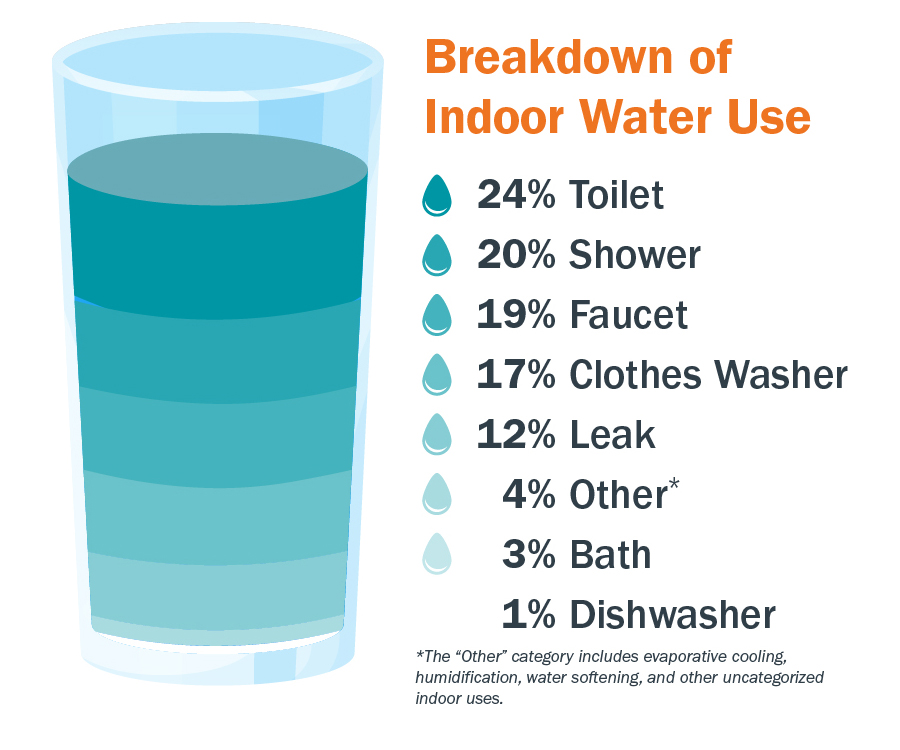Septic Education Workshops
The CVRD offers workshops for homeowners with septic systems, which will be promoted on this page when scheduled. A prior CVRD workshop recording is also available for viewing below. The CVRD care and maintenance resources referenced in the workshop can be downloaded here: Factsheets and Maintenance Record.
Septic Systems
It is estimated that over 9,000 homes in the CVRD's electoral areas use onsite septic systems to treat their domestic wastewater. Septic systems can provide effective, long-term wastewater treatment for homes not connected to a sewer system. Regular maintenance and proper care can have a significant impact on how well your system works and how long it lasts.
Where water supply is constrained, composting toilets can be a viable addition to conventional septic systems; for more information visit our composting toilets webpage.
How septic systems work
Wastewater from your sinks, toilets, showers, laundry, dishwasher and other household plumbing fixtures drains through a pipe from your home into your septic tank. Your septic tank is designed to hold the wastewater long enough to allow solids to settle at the bottom and oil and grease to float to the top. Natural bacteria in the tank start to break down the solids; however, eventually the solids build up and must be pumped out.
The partially treated wastewater from your tank flows through an outlet into a distribution box. The box evenly distributes the discharged wastewater into a network of pipes underneath the drainfield. The wastewater begins to percolate into the soil through small holes in the pipes. Natural filtration and microorganisms in the soil remove any remaining harmful particles in the wastewater. The treated and cleansed wastewater passes into the groundwater and returns to the water cycle.
Maintaining Septic Systems
Septic systems require regular maintenance to ensure they continue to function properly. Maintenance includes regular tank pump-outs, monitoring, inspection, and other activities as required. Upgrades and repairs should be done when necessary.

Signs of Failure
Along with performing regular maintenance, it is important to know the warning signs indicating that something is wrong with your system.
Water Conservation
Minimizing water use is key to a healthy septic system. Low flow appliances, water saving devices and efficient water-use practices can improve the function of your system by allowing for a longer separation and treatment time. It is also important to avoid running multiple water-using appliances at the same time or back-to-back to prevent too much water from entering the system over a short period of time.
Following efficient water-use practices is especially important if you have an older septic system. Older systems were designed when people used less water, meaning if your system is older it may be under capacity compared to today’s standards.

